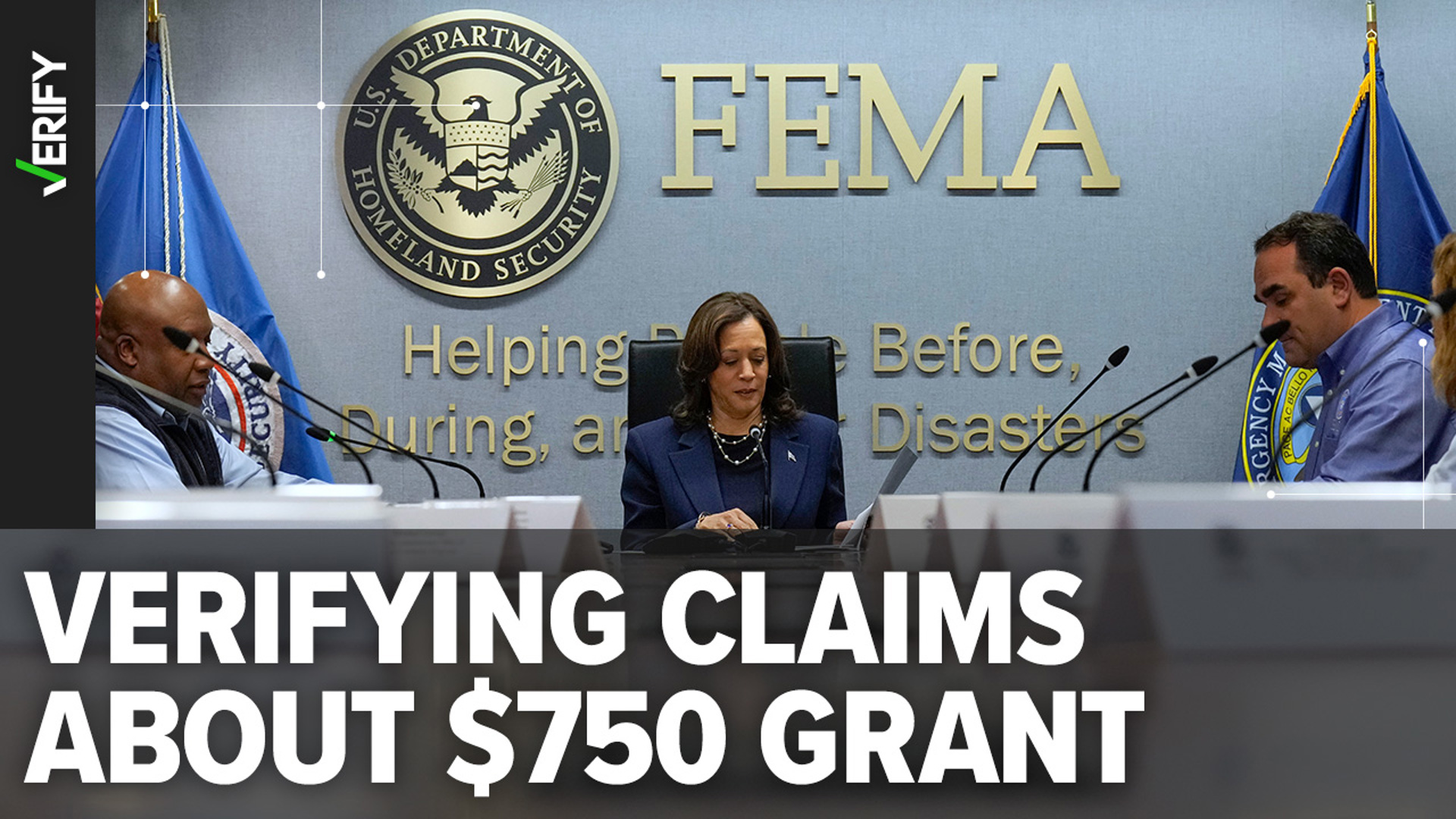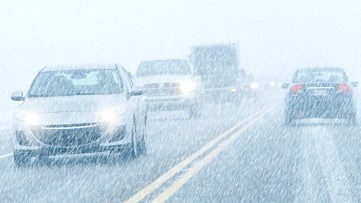Hurricane Helene made landfall as a massive category 4 storm and quickly moved inland, spreading its destruction from the Florida coast up to the foothills and mountains of Georgia, South Carolina, North Carolina, Tennessee and Virginia.
Hundreds remain missing a week after the hurricane struck, and the more than 200 dead is already the most in the mainland U.S. from a hurricane since Hurricane Katrina in 2005, the Associated Press reported. The death toll is likely to continue rising.
Some people on social media have argued that the federal government isn’t doing enough to help the survivors in the aftermath of the storm.
A post viewed over 12 million times on X claims, “Americans who have lost everything to Hurricane Helene will be getting $750, courtesy of FEMA.” Similar posts that claim FEMA is offering just $750 to Hurricane Helene victims are also spreading on Facebook. Many of the posts compare the disaster relief spending to the government’s foreign aid spending this year.
THE QUESTION
Is FEMA giving Hurricane Helene victims just $750?
THE SOURCES
THE ANSWER
No, FEMA is not giving Hurricane Helene victims just $750.
WHAT WE FOUND
One form of disaster relief assistance offered by the Federal Emergency Management Agency (FEMA) does provide people with $750 to be used for food and essentials. However, disaster victims can also apply for and receive multiple other forms of assistance.
“One type of assistance that is often approved quickly after you apply is Serious Needs Assistance, which is $750 to help pay for essential items like food, water, baby formula, breastfeeding supplies, medication and other emergency supplies,” FEMA says on its rumor response webpage. “There are other forms of assistance that you may qualify to receive once you apply for disaster assistance. As your application continues to be reviewed, you may still receive additional forms of assistance for other needs such as support for temporary housing and home repair costs.”
Serious Needs Assistance was one of two new disaster relief programs FEMA began offering this year after it added new benefits and made it easier for disaster survivors to apply for help. The other new program is Displacement Assistance, which pays for a victim’s hotel or motel stay while they work on their long-term housing plan.
FEMA offers many other programs for disaster relief beyond just these two programs, some of which include Home Repair/Replacement Assistance, Rental Assistance, Personal Property Assistance to repair or replace things like appliances and computers, Medical and Dental Assistance to cover the costs of disaster-related injuries, Funeral Assistance and Child Care Assistance.
People can apply for disaster relief through DisasterAssistance.gov, the FEMA app, a disaster recovery center location or by calling the FEMA helpline at 1-800-621-3362.
On Oct. 4, FEMA announced it has provided $45 million in disaster relief thus far. This includes $23 million to people in Florida, $17 million in housing and other types of assistance to people in North Carolina and $4.5 million to people in South Carolina.
While many on social media are directly comparing disaster relief to foreign aid and immigration spending, FEMA says it’s false that its disaster response funds were diverted to support this other spending. FEMA’s response and its assistance programs are directly funded through the Disaster Relief Fund, which is dedicated entirely to such spending.
On Oct. 3, FEMA added to its rumor control page that it has “enough money right now for immediate response and recovery needs.” But FEMA will likely get more money to continue helping with relief and recovery in Hurricane Helene’s aftermath.
Between 1992 and 2021, nearly three-quarters of the Disaster Relief Fund’s money has come from supplemental appropriations, according to the nonpartisan Congressional Budget Office (CBO). “Supplemental appropriations” refers to funding Congress directs to the Disaster Relief Fund outside of the annual budget, often in response to disasters that have already happened.
Hurricanes accounted for the largest portion, 44%, of Disaster Relief Fund spending between 1992 and 2021, the CBO says.
Nearly $20 billion has been set aside in the annual budget for the Disaster Relief Fund each year since 2020, the first year of the COVID-19 pandemic, according to a Congressional Research Service (CRS) report. The Disaster Relief Fund received more than $40 billion from Congress by the end of the year in 2020, 2021 and 2023.
This story is also available in Spanish / Lee este artículo también en español: No, FEMA no está ofreciendo sólo 750 dólares a los afectados por el huracán Helene












